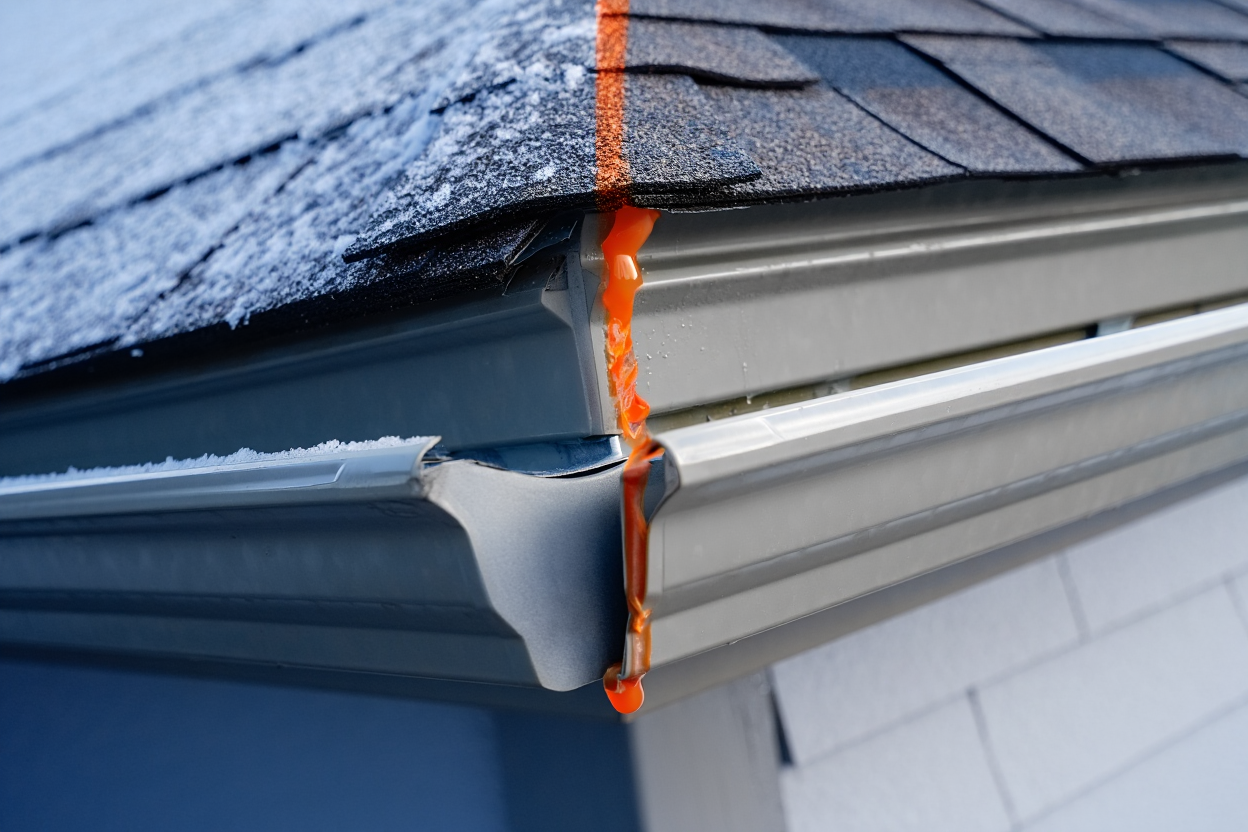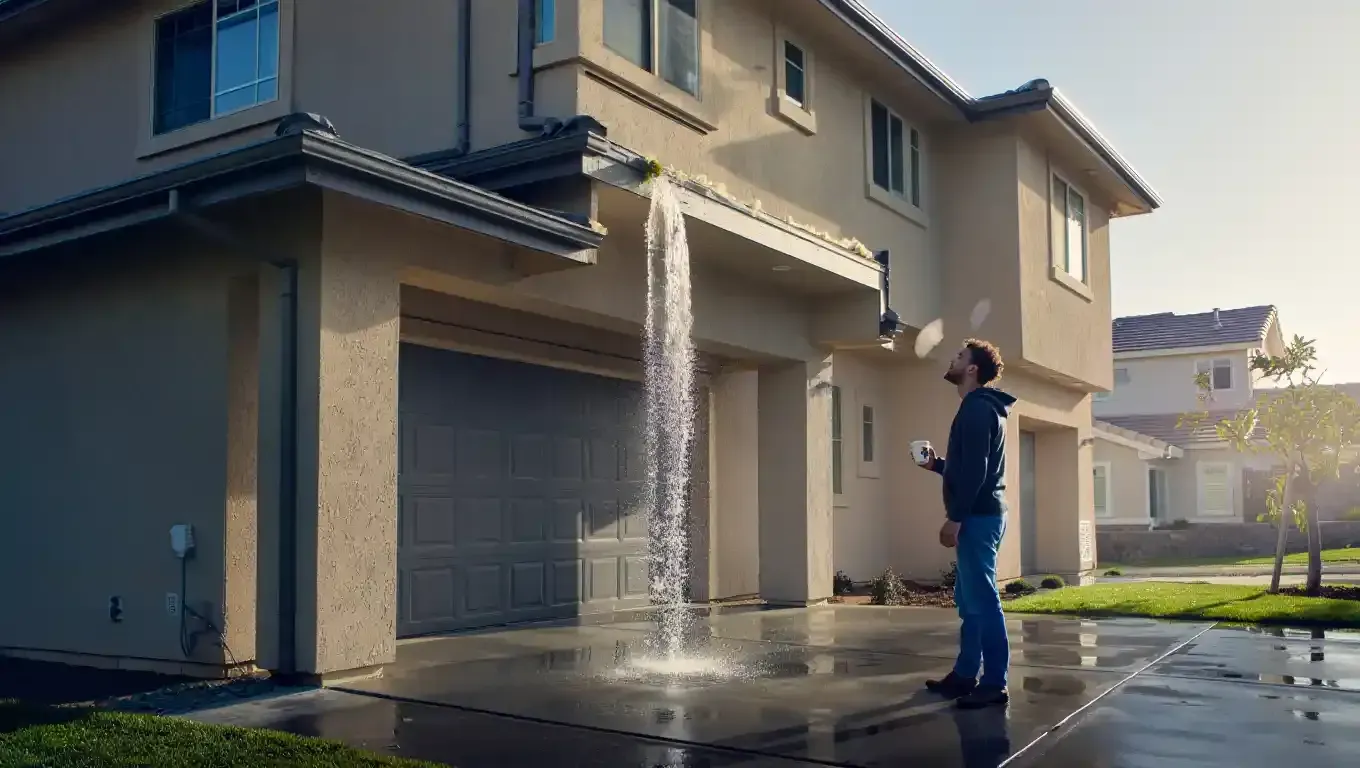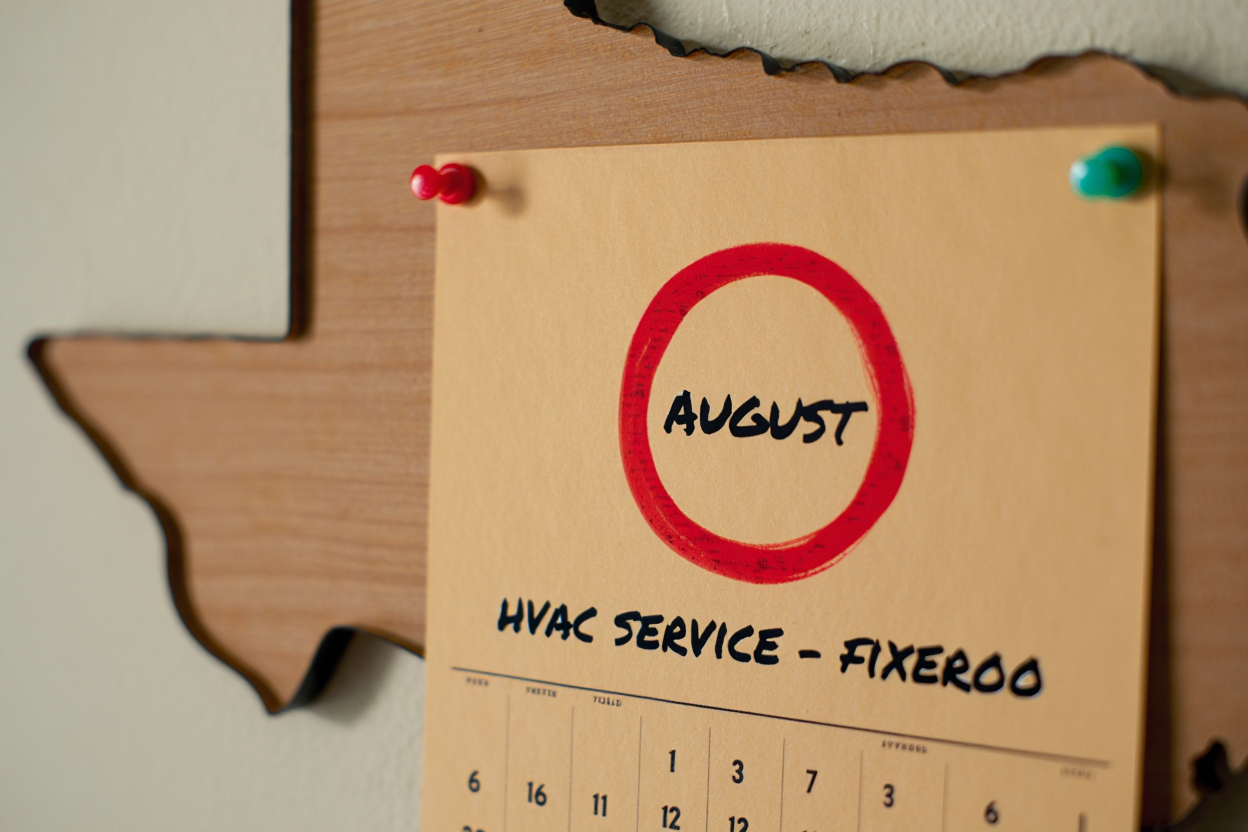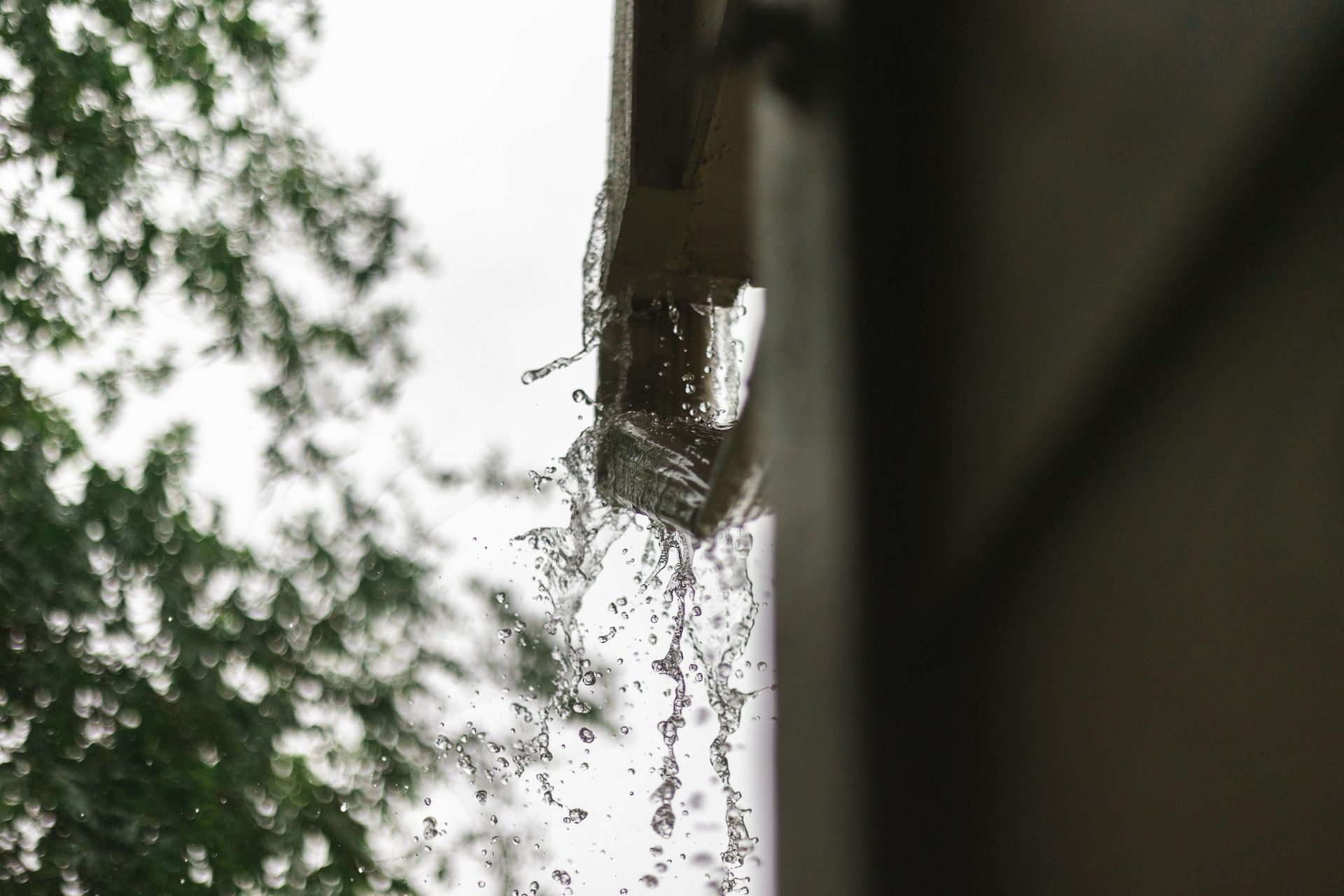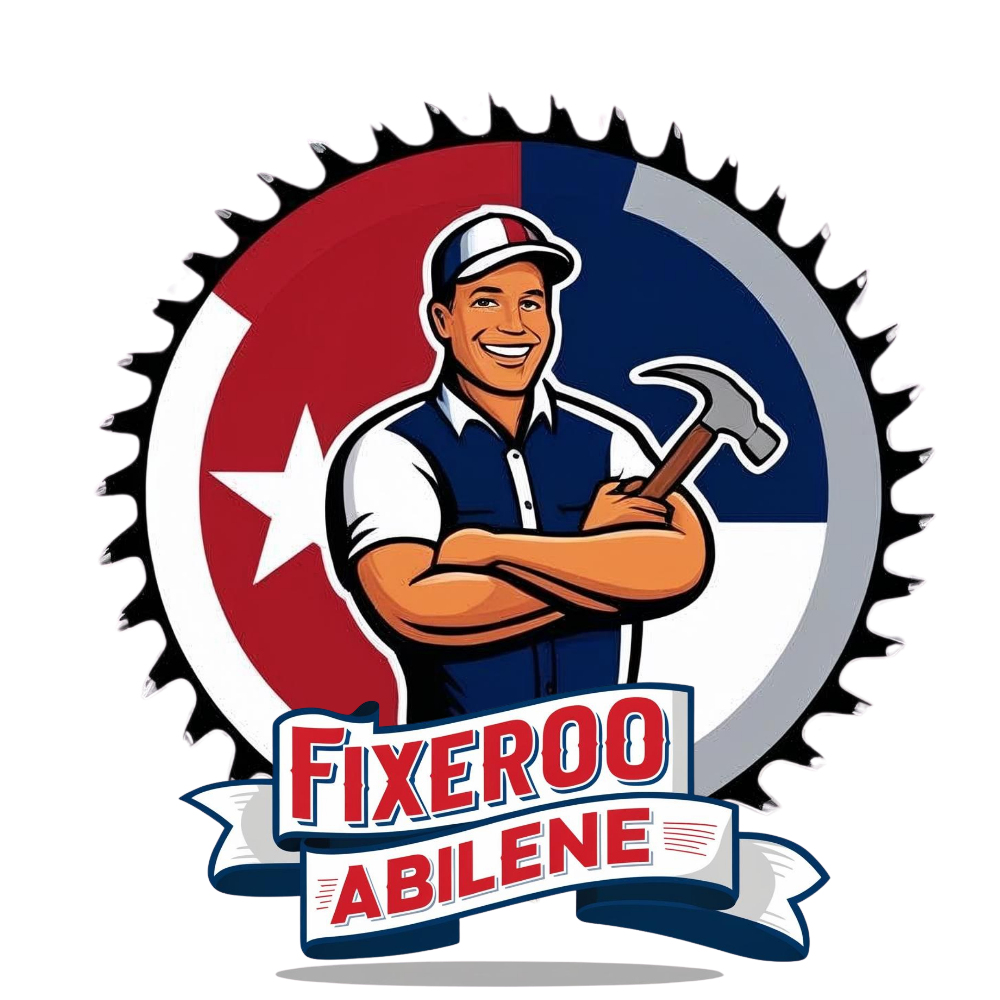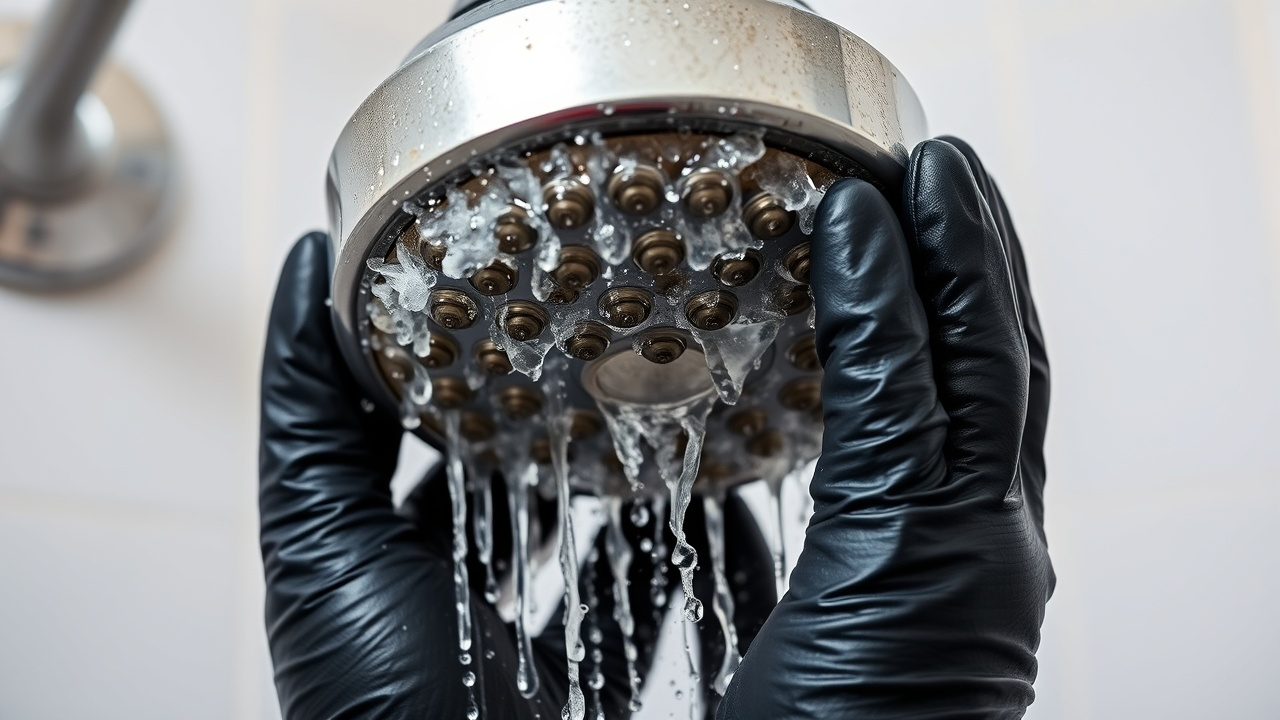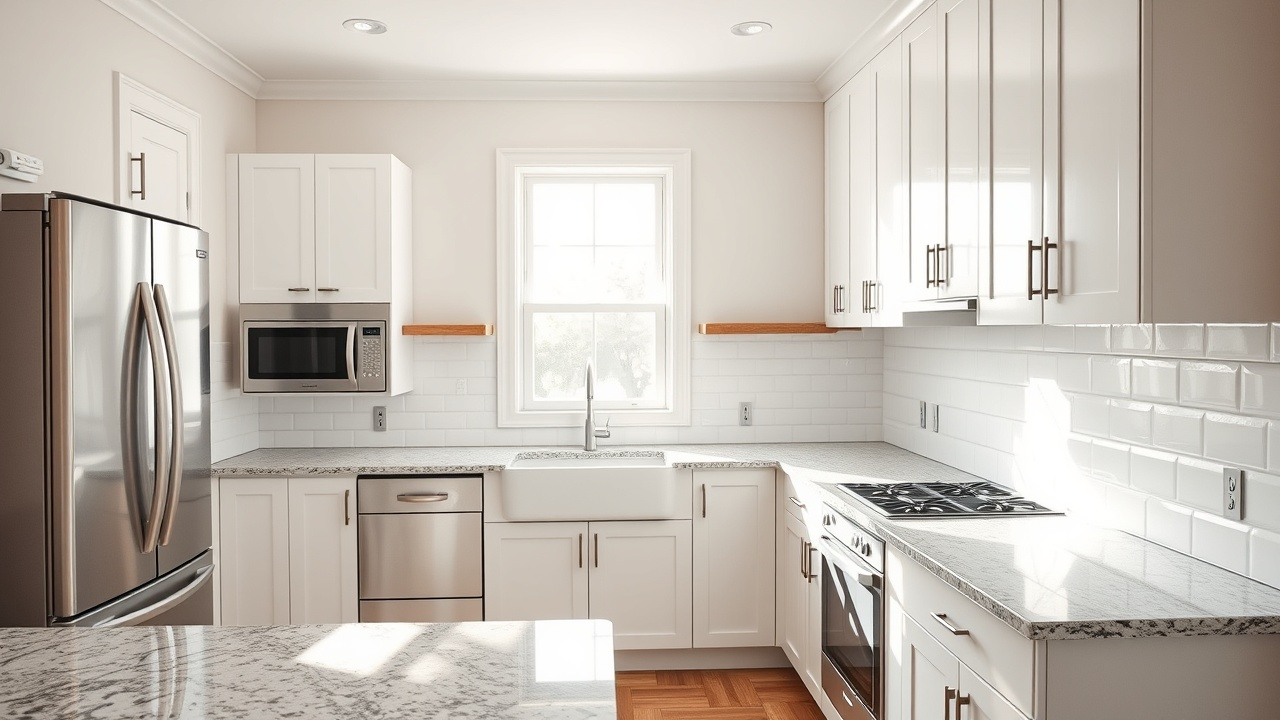The September Mistake That Costs Abilene Homeowners Thousands Every Winter
Address summer wear in September to protect Abilene homes from winter freeze‑thaw damage and costly repairs.
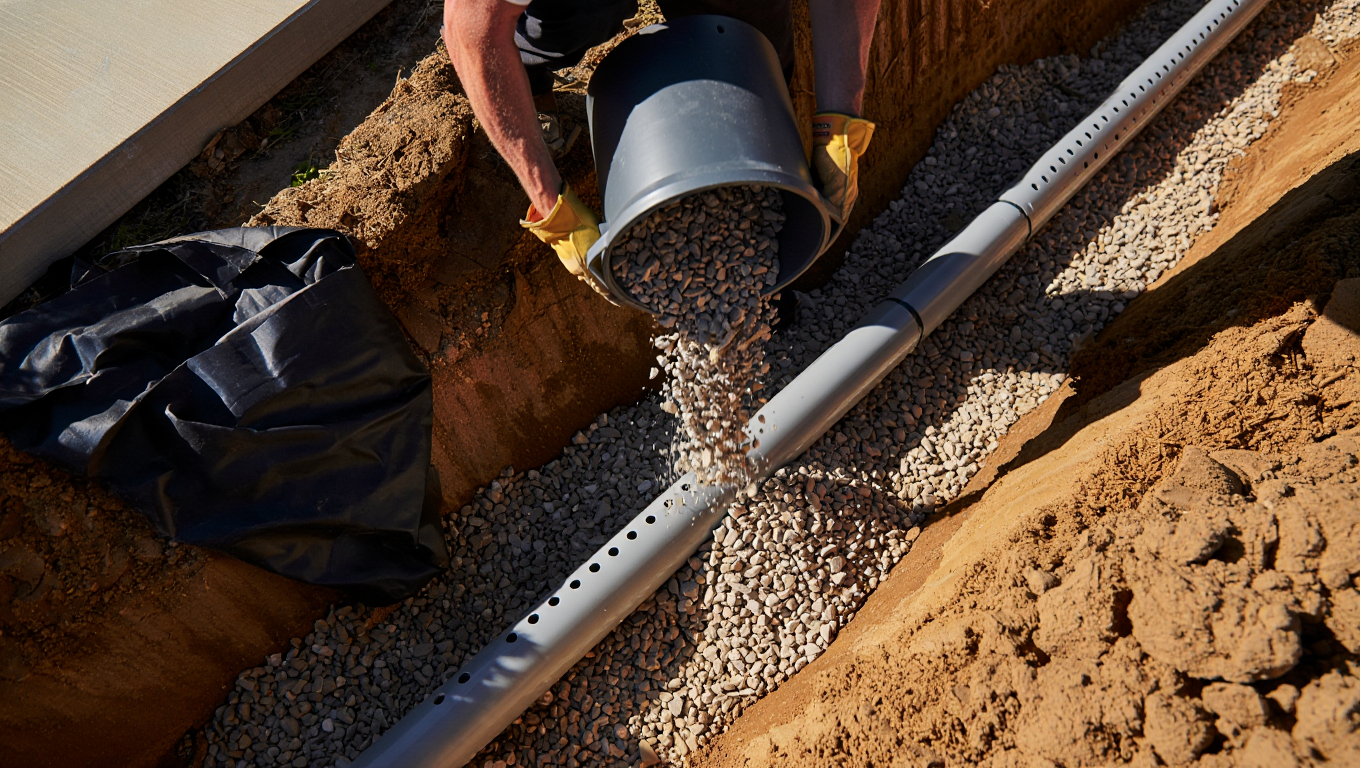
Last February, I got a call from a homeowner in one of those beautiful neighborhoods near Shotwell Stadium. Her voice was shaky as she described water pouring through her kitchen ceiling during that unexpected freeze. What started as a hairline crack in her foundation back in August had turned into a $12,000 nightmare of structural repairs, plumbing damage, and drywall replacement.
"I saw that crack in September," she told me while we surveyed the damage. "I kept meaning to call someone, but it seemed so small."
That conversation happens too often in our business. Here in Abilene, we live with one of the most punishing weather cycles in the country. Summer temperatures that regularly hit 110 degrees followed by sudden winter freezes that can drop into the teens create a perfect storm for home damage. The brutal truth is that most expensive winter repairs start with problems homeowners notice in September but don't address until it's too late.
Why West Texas Weather Is So Destructive to Homes
Your house is fighting a war against our climate year-round. During our relentless summers, temperatures that stay above 100 degrees for weeks at a time cause materials to expand, crack, and separate. Our famous clay soil shrinks away from foundations, creating gaps and stress fractures. Siding warps and pulls away from houses. Caulking dries out and fails.
Then winter arrives with a different kind of assault. When temperatures plummet and moisture returns through rain, sleet, or snow, all that summer damage becomes entry points for water. Foundation cracks that were barely visible in September become channels for water infiltration. Small gaps in siding become pathways for moisture to reach wall cavities. Failed caulking around windows and doors lets water penetrate deep into your home's structure.
The real killer is our freeze-thaw cycles. Water that seeps into summer-damaged areas expands when it freezes, making existing problems exponentially worse. A crack that might have cost $400 to repair in September becomes a $8,000 foundation problem by March.
The Hidden Damage Summer Leaves Behind
Most homeowners focus on getting through summer's heat, but they miss the accumulated damage it creates. Walking through neighborhoods after our hottest months, trained eyes can spot the warning signs everywhere.
Foundation stress is the big one. Our expansive clay soil acts like a sponge that shrinks dramatically during drought periods. As soil pulls away from foundations, it creates uneven pressure that causes cracking and settlement. These aren't always dramatic, visible problems. Sometimes it's just a hairline crack near a corner, or a slight separation where the foundation meets the sidewalk.
During peak summer heat, concrete and masonry expand and contract daily. This constant movement breaks down the seals and joints that keep water out. By September, your house may look fine from a distance, but closer inspection often reveals compromised weatherproofing throughout the exterior envelope.
Siding and trim damage accelerates quickly here. Vinyl siding warps and separates at joints. Wood trim shrinks and pulls away from adjoining surfaces. Even fiber cement products can develop gaps at seams and corners. These openings look minor, but they're invitations for winter moisture to infiltrate wall cavities.
Roofing systems take a beating from months of intense UV exposure and thermal cycling. Shingles become brittle and crack. Flashing around vents, chimneys, and roof penetrations loosens. Gutters expand and separate at joints. Small issues that develop gradually over summer become major leak sources when winter weather arrives.
What September Assessment Really Reveals
When we do comprehensive September evaluations, we're looking for problems most homeowners don't recognize as urgent. These assessments often uncover issues that require significant investment to address properly, but the alternative is much more expensive emergency repairs during winter months.
Foundation evaluation goes beyond obvious cracks. We check for settlement patterns, drainage issues, and soil interaction problems. Sometimes the solution involves minor crack injection and sealing, costing a few hundred dollars. Other situations require drainage improvements, pier installation, or extensive waterproofing systems that run several thousand dollars. The key is identifying which category your foundation falls into before winter stress tests every weak point.
Exterior envelope assessment includes comprehensive sealing and caulking evaluation. After months of extreme heat, most exterior caulking needs replacement. This isn't just touching up a few spots around windows. Proper weatherproofing often requires removing all old caulking, preparing surfaces, and installing new sealing systems around the entire house perimeter. For larger homes or those with complex architecture, comprehensive exterior sealing can require significant investment, but it prevents thousands in water damage repairs.
Structural improvements sometimes become necessary after summer stress reveals underlying issues. We've helped homeowners address problems ranging from minor siding repairs to complete exterior wall reconstruction where hidden moisture damage had compromised structural integrity. Early intervention in these situations saves both money and the hassle of living through major reconstruction projects during cold weather.
The Plumbing Preparations Most People Skip
Everyone knows to disconnect garden hoses and cover outdoor faucets, but comprehensive winter plumbing preparation involves much more. Our experience with freeze damage calls has taught us that the most expensive problems happen where homeowners thought they were already protected.
Pipe routing and insulation often needs upgrading in homes more than fifteen years old. Modern insulation standards and pipe placement techniques do much better jobs of preventing freeze damage. Sometimes this means rerouting pipes away from exterior walls or adding comprehensive insulation systems in crawl spaces and attics.
Whole-house leak detection systems provide early warning when problems develop. These systems can prevent the kind of catastrophic damage that happens when pipes fail while homeowners are away or sleeping.
Outdoor plumbing protection goes beyond basic faucet covers. Proper winterization includes shutting off and draining irrigation systems, protecting pool equipment, and ensuring outdoor electrical connections are weatherproofed for wet conditions.
Why Timing Matters More Than You Think
September is your window of opportunity for several practical reasons that have nothing to do with weather forecasts.
Contractor availability changes dramatically as we move toward winter. September and October are when smart homeowners schedule major work, which means quality contractors get booked quickly. By November, you're competing with everyone who waited too long, and emergency repairs always take priority over planned projects.
Material availability and pricing work in your favor during fall months. Lumber, roofing materials, and other building supplies are typically in better supply and at regular pricing before winter demand spikes.
Working conditions affect both cost and quality. September's more moderate temperatures allow for better installation conditions and longer working days. Work that can be completed efficiently in comfortable weather often takes longer and costs more when performed during winter conditions.
Real Costs: Investment vs. Emergency
Here's what homeowners need to understand about the financial reality. September investments in home protection typically pay for themselves within the first year through energy savings and avoided emergency repairs.
Foundation crack repair in September might cost $500-1,500 depending on extent and method. The same damage after winter expansion can require $5,000-15,000 in structural repairs, plus dealing with any water damage that occurred.
Comprehensive exterior sealing including caulking, weatherstripping, and minor siding repairs typically runs $800-2,500 for most homes. Delayed action that leads to water infiltration can result in $10,000+ in wall cavity repairs, mold remediation, and reconstruction.
Plumbing system winterization including pipe insulation, rerouting, and protection upgrades costs $400-2,000 depending on scope. Emergency pipe repair during winter storms runs $500-1,500 per incident, plus water damage restoration that often exceeds $5,000.
The pattern is consistent: September prevention costs significantly less than winter emergency repairs, and emergency repairs often don't restore your home to better condition than proper preparation would have achieved.
Your September Action Plan
Week one should focus on professional assessment. This isn't about getting repair estimates; it's about understanding what your house needs to survive another winter safely. Comprehensive evaluation identifies both immediate concerns and improvements that provide long-term value.
Weeks two and three are for major projects. Foundation repairs, significant exterior sealing work, plumbing upgrades, and structural improvements all work better when completed during moderate weather conditions.
Week four handles finishing details. This includes comprehensive caulking around windows and doors, weatherstripping replacement, minor painting touch-ups, and final system preparations.
The Investment Protection Perspective
Your home is likely your largest financial investment. The improvements needed to properly prepare for winter aren't just maintenance expenses; they're investment protection measures that preserve and often increase your property value.
Energy efficiency improvements made during September preparation typically reduce heating costs throughout winter. Proper sealing and weatherproofing can cut utility bills by 15-20% during cold months.
Insurance considerations also matter. Many insurance policies have specific exclusions for damage that results from lack of maintenance. Proper preparation helps ensure coverage for unexpected problems while demonstrating responsible homeownership.
When Professional Help Becomes Essential
Some preparation tasks are appropriate for homeowners, but the problems we identify during September assessments often require professional expertise and specialized equipment.
Foundation issues need proper diagnosis and repair techniques that most homeowners cannot safely handle. Improper foundation repair attempts often make problems worse and more expensive to fix correctly.
Electrical safety during exterior sealing and improvement projects requires understanding of code requirements and safety procedures. Installing outdoor lighting, updating GFCI protection, and ensuring electrical systems are properly weatherproofed are critical safety issues.
Structural improvements must meet building codes and safety standards. Professional installation ensures work is done correctly and provides warranty protection for materials and labor.
Don't let another winter catch your home unprepared. The damage that accumulates during summer heat creates vulnerabilities that winter weather will find and exploit. Whether you're dealing with foundation concerns, exterior sealing needs, plumbing improvements, or comprehensive home maintenance, the investment you make in September protection pays dividends in avoided emergency repairs and improved comfort throughout winter.
Our experienced team understands exactly what Abilene's extreme weather demands from your home's protection systems. We've helped hundreds of families avoid expensive winter disasters through proper September preparation.
Ready to protect your investment before winter weather tests every weakness in your home's defenses? Call Fixeroo Abilene today at
325-225-2540 to schedule your comprehensive September assessment. Don't wait until that small problem becomes a major emergency.
